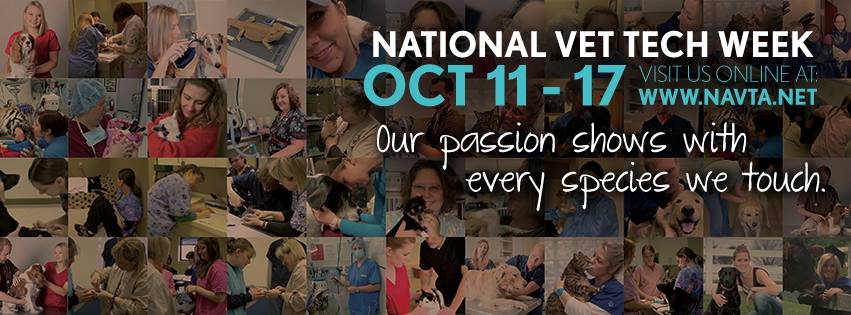National Pet ID Week
Have you ever found yourself wondering what type of pet ID your pets need? With the weather getting warmer and our pets and their humans outside more, we have a timely reminder about putting ID on your pets. After all, April 10-17 is National Pet ID Week.
Types of Pet ID for the Collar
There are numerous types of Pet ID that you dog or cat can wear on his collar. Here are just a few.
- Engraved brass nameplates screwed to the collar
- Metal name tags affixed to the collar with a D ring
- Plastic name tags affixed to the collar with a D ring
- Name tags with information embroidered to the collar
- GPS tracking collars that also include owner information
You can go the “just the facts maam” route or you can dress up your pet’s ID with cute bone shapes or paw prints. You pet’s ID can be colorful or just in black. The choice is entirely up to you. The important point is to be sure that your contact information is on your pet’s ID. It’s advisable to provide your home and cell phone numbers. It’s up to you about providing your address. We only provide the name of the town we live in along with our pet’s name, our last name, one cell number and one home number.
If we are traveling with our dogs we can be reached by the cell number. But for added insurance some folks also purchase a temporary ID tag that indicates where they are staying when out of town or provides the name of a trusted friend or neighbor. As professional pet sitters, some of our clients use a temporary ID tag that provides our contact information. Either way, this readily visible information provides the quickest way for your lost cat or dog to find his way home. When your pet is wearing a collar it’s also much easier for someone who finds her to grab your frightened pet before she escapes fro her would be rescuer.
A study conducted by the American Society for the Prevention of Cruelty to Animals (ASPCA) and published in 2012 provided interesting information indicating that far fewer of the animals that end up in shelters belong to someone who is looking for them than was previously believed. However, 15% of the dogs that were reunited were wearing a collar with ID or were micro chipped. The good news is that 93% of lost dogs and 74% of lost cats were recovered.
Microchips
We strongly advocate that you also have your vet implant a small micro-chip in your cat or dog. All too often pets, especially cats, escape the house without a collar. Pets can wriggle out of their collars and unscrupulous people can steal pets and then present them as their own.
Virtually all veterinarian clinics have micro-chip readers and most shelters do too. Our veterinarian practices a great safety check. When we first presented with either of our two adopted dogs, the clinic scanned the chip to assure it was indeed registered to us. This is important because people do steal pets.
There are several micro-chip companies available. Here are a few.
No matter which company you choose, please be sure to keep your information updated. When your pet adoption is final, contact the microchip company and be certain the registration has changed over to your name. If you move or get a new phone number be sure to contact the chip company and any registration services you use and update the information. If your pet ever goes missing you will be glad he was wearing a collar with ID and had an up to date microchip! Just do it.
Beth Leatherman Harwell and her husband Billy Harwell own and operate a small pet sitting business, Dog Walkers & More at Coddle Creek, LLC. Along with a professionally trained group of team members, they provide pet sitting and dog walking services to pets who live in any part of Mooresville, NC 28115 and those who live in near by areas of Mooresville, NC 28117, Cornelius, Davidson and Mount Ulla, NC.







































































Recent Comments